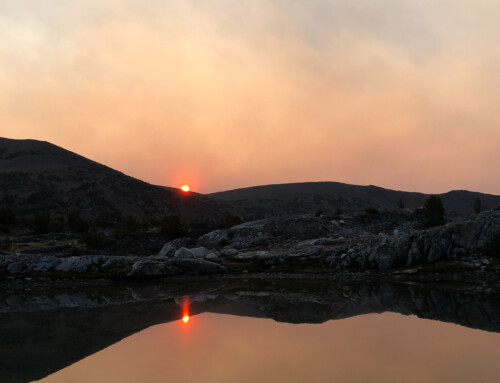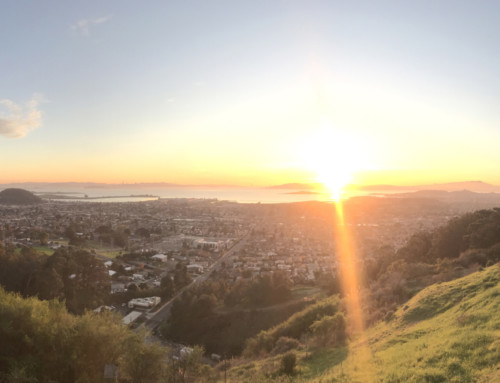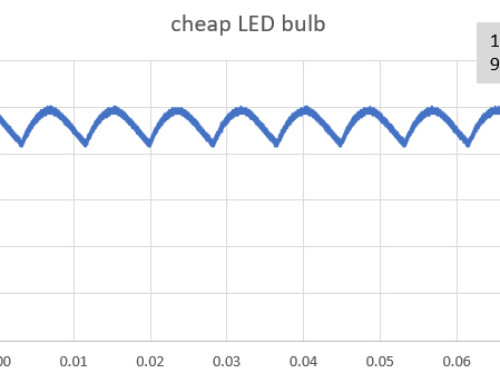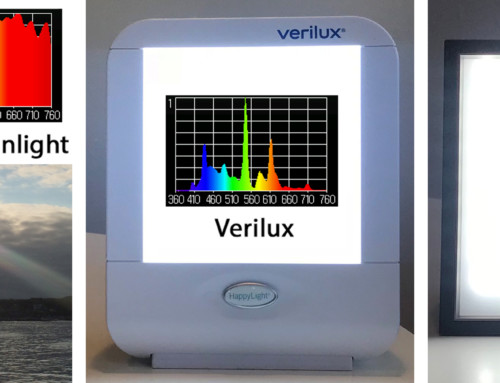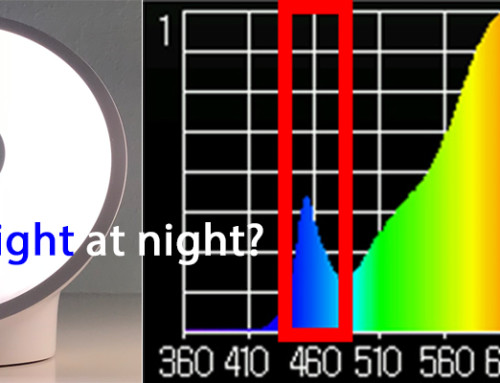Natural light is full spectrum and dynamic. Full spectrum means that light contains all the colors of the rainbow. Dynamic means that the intensity and mix of colors changes with the time of day. Natural light cycles from bright with a high blue content during the day, to soft with a high red content in the the evenings. The bright blue-rich light signals us to be awake and alert, while the soft red-rich light tells our bodies it’s time to relax and prepare for sleep. The blue-rich bright light of a sunny day highlights primary colors and makes whites look crisp, while the soft light of sunset accents earth-tones and makes skin glow. Natural light provides the visual (aesthetic) and biological (health and wellness) queues we need to see and feel our best!
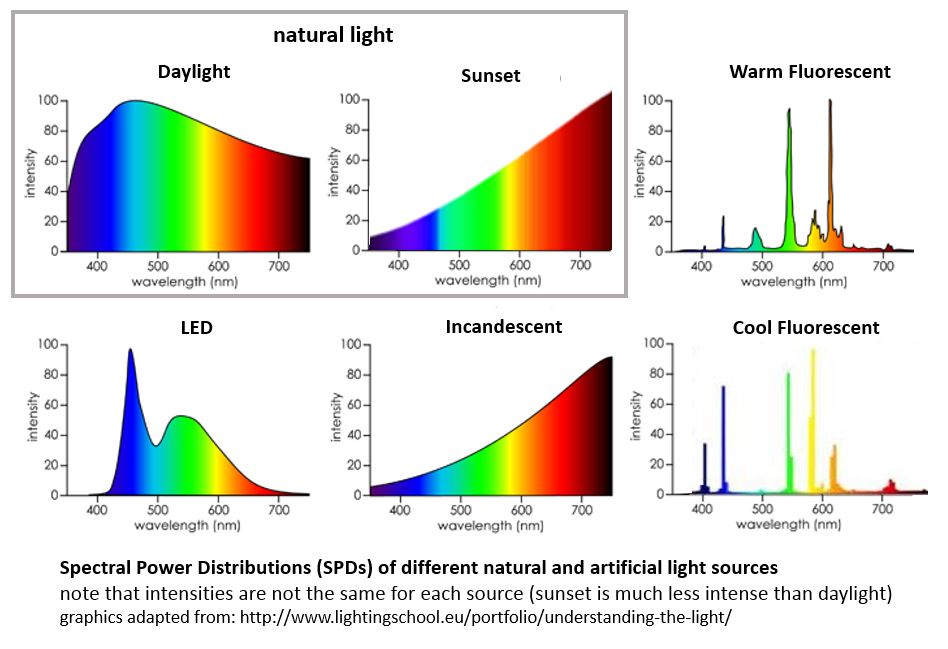
Most artificial light sources emit a static spectrum which means their mix of colors cannot change with time of day. As a result artificial light sources are designed to either replicate daylight or evening light. Cool white LEDs and most fluorescents are designed to mimic daylight (blue-rich light). Light from most LED products (light bulbs AND devices/screens) is intrinsically blue-rich since they are powered by blue LEDs. Blue rich light interferes with our sleep and recovery and should therefore be avoided at night. Traditional incandescent (and most Halogen) light sources provide good full-spectrum light but can only mimic sunset (red-rich light). Incandescents are therefore good for evening illumination but cannot make us feel awake and alert. Fluorescents simulate white light by providing only a few colors of the rainbow – which is why we look and feel our worst under fluorescent lighting. Each artificial light source delivers a different mix of biological, aesthetic and energy impacts.
Artificial light can be used safely so long as the intensity and color/spectrum is appropriate for the time of day. New technology which allows artificial light sources to mimic the intensity and color cycles of natural light is now becoming available. Human Centric Lighting (HCL) is focused on maximizing the visual and biological benefits of light.
TIP#3: NOTICE how artificial light compares to natural light at different times of day, and how this makes you look and feel.
TIP#4: download and USE f.lux (for Android devices and PC) and Nightshift (for Apple/iOS devices) to mitigate the impact of devices/screens.
additional reading and resources:
(a) high-level discussion about natural vs. artificial light
(b) read more about mitigating the impact of screens/devices at f.lux
(c) detailed reading about light, visual perception and color theory
(d) f.luxometer is a great tool for looking at the spectra/impact of different light sources


